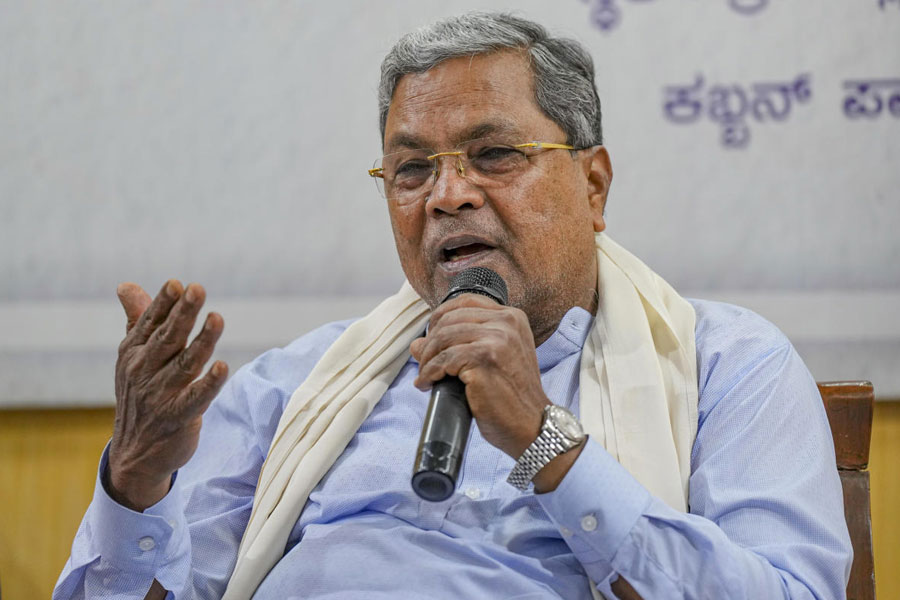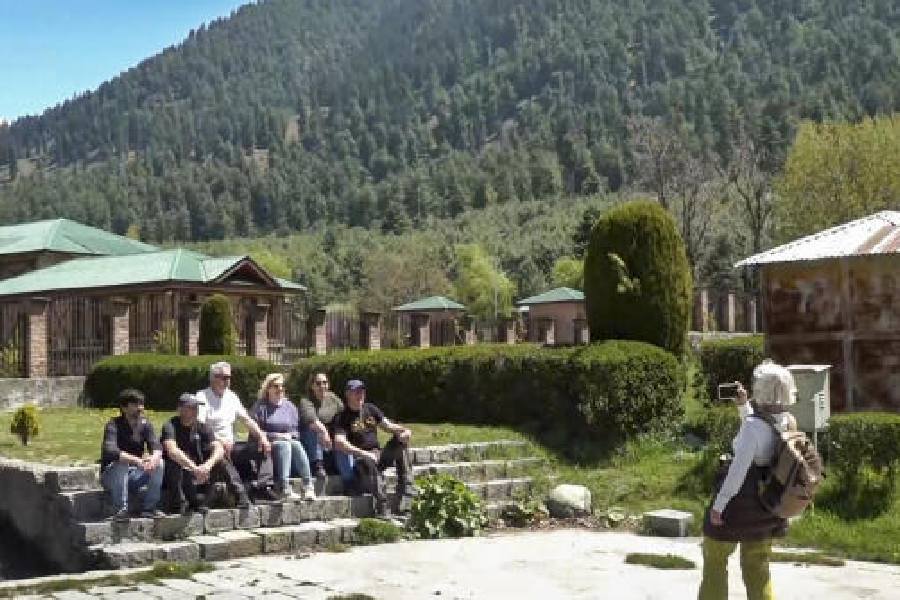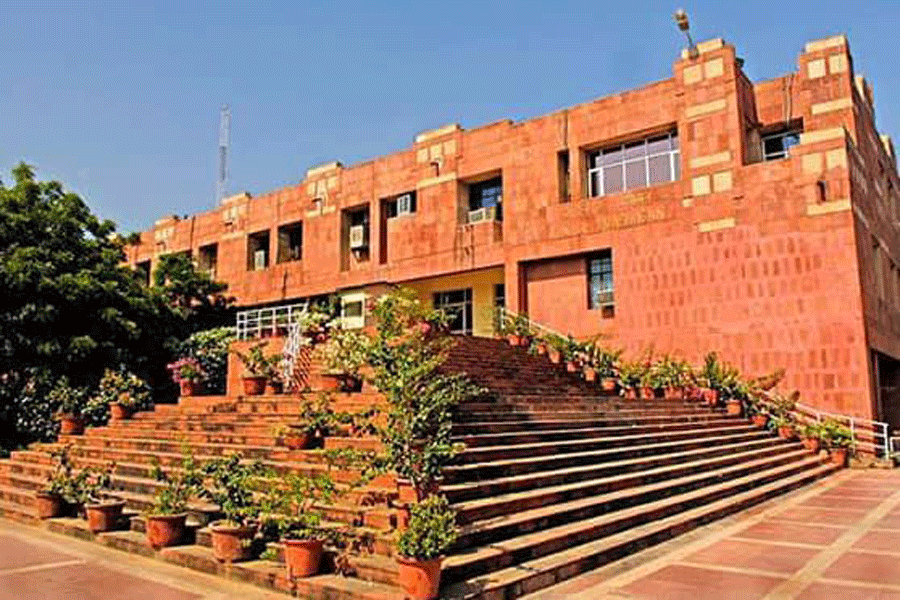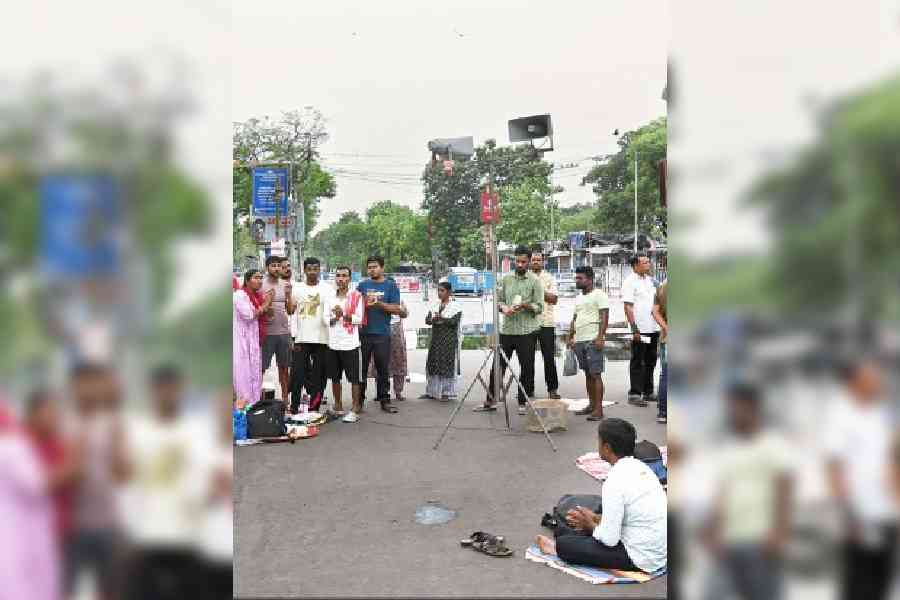|
|
Jyoti Basu’s death has left his critics, which includes this writer, with a conundrum. The puzzle, simply put, is the following: if Basu’s long tenure as chief minister of West Bengal was as disastrous for the state as some of us make it out to be, how did he continue to rule for 22 years? The question is not an unimportant one and demands an answer, however tentative.
Any answer must proceed by clarifying a confusion. There is no necessary link between popularity and the positive contribution made by a leader to the society, economy, culture and governance of a given area. Both Adolf Hitler and Josef Stalin were in their time and in their respective countries immensely popular leaders, but no one in his right mind will today (especially after all that has come to be known about Stalin’s regime) aver that they made positive contributions to Germany and Soviet Russia. (Before the brickbats fly, I should add the caveat that I am not comparing Basu to either Hitler or Stalin. Basu certainly didn’t have the blood of millions on his hands; and he didn’t send anyone to the Indian equivalent of a concentration camp or the Gulag.)
Basu’s emergence, first as a mass leader and then as a “popular’’ chief minister, must be placed within the context of the political culture that prevailed in Bengal from the Forties. The year of the Great Bengal Famine — 1943 — can be used as a convenient benchmark for understanding this culture. The trauma of mass deaths and the work done by the Communist Party of India in organizing relief brought the latter into prominence and got for it sympathy and following. This was aided by significant cultural achievements under the CPI’s aegis. It was followed in the years immediately preceding Independence by peasant struggles and student movements under the leadership of the CPI. It was obvious in the experience of these years that a shift was taking place in the political culture and that Bengal was poised to enter a phase of radical Left politics.
Left politics in Bengal received a tremendous boost with the influx of refugees after Partition. This was a tailor-made base for the communists as most of the refugees were uprooted, disaffected and anti-Congress. The CPI built up its bases among the refugees and among the urban working classes. This mobilization was assisted by the growing industrial stagnation that hit the state from the mid- 1950s. This was also a period of rising food prices and of growing unemployment. The influence of the communists became apparent in the 1957 elections when the CPI won as many as 15 assembly seats from Calcutta and its suburbs. It was not only this electoral success that was remarkable. The communists demonstrated again and again that through rallies and the general strike they could bring Calcutta and the state to a complete standstill. They could bring on to the streets thousands of people in protest or to uphold a cause. Within Calcutta, Esplanade East, the Ochterlony Monument and the Brigade Parade Ground emerged as the theatres of an alternative politics, as spaces that embodied a power that was radically different from the power of the Congress government then ruling the state.
Jyoti Basu was among the communist leaders who made their mark in this period as orators in these mass meetings and protests. And after the communist party split in 1964, Basu was the leader from the Communist Party of India (Marxist) who spoke with great effect and provocation in these meetings. He was the best known figure of the CPI(M), while others, like Hare Krishna Konar, worked, with far less public attention, on the peasant front, and Pramod Das Gupta strengthened the party organization.
At this period, another fundamental shift was taking place without which any narrative concerning the emergence and the power of the communists will remain incomplete. The cultural world of Bengalis tilted almost completely towards to the Left. Every single creative effort of any quality was influenced by communist ideology or produced by men and women who were close to the communist parties. Basu had little or nothing to do with this cultural world, but the latter helped create the ambience of Left dominance that he would come to epitomize.
The communists and the Left tasted political power when, as the United Front, they won the assembly polls in 1967. The experience was short-lived. In retrospect, the most important lesson that Basu took away from these few years in power was not so much the running of a government but the idea of a front. He and other CPI(M) leaders recognized that to defeat the Congress it was necessary for the anti-Congress votes to come into one basket. The paramount importance of this never escaped Basu, especially during his years as chief minister.
In the early 1970s, the CPI(M) was on the run from Congress goons, and then during the Emergency. The CPI(M)’s steadfast opposition to the Emergency paid dividends in 1977 when it came back to power at the head of the Left Front and with Basu as chief minister. A chain of election victories followed. These triumphs were rooted partly in the ability to garner all the anti-Congress votes. There was also the recognition that to rule West Bengal for any length of time it was necessary to consolidate the Left’s base in the rural world. The sickle was made to dominate the hammer. Land reforms — the giving of rights to sharecroppers and the consolidation of small peasant holdings — and the introduction of multiple cropping and chemical fertilizers transformed the face of rural Bengal. Left rule also restored to the downtrodden in the countryside a sense of izzat and dignity.
All this was at the expense of industry: capital fled because of the intimidation of CPI(M) trade unions, the collapse of work culture and the general atmosphere, which was anti-capitalist. The CPI(M) began to dominate the spheres of health and education. In the rural world, the party became the agent for all official resources and patronage. To be against the CPI(M) was to lose out on this and also to incur the wrath of the cadre. It gave rise to what a political scientist has called a “party society”. In governance, the lines of separation between the government and the party were eradicated. The police and the bureaucracy were both politicized: obedience to the party became a better source of rewards than merit and efficiency.
This is a slice of Bengal’s history under Basu’s chief ministership. He was accepted because his party made him its political — as distinct from organizational — leader. The party triumphed because of a coming together of a number of historical factors. Basu as chief minister remained subservient to the party. Without the party he was nothing. But the party also needed him. He was the face of the party; a face that was acceptable because of his bhadralok image despite the fact that he was perhaps the only eminent communist about whose rectitude there was a whiff of suspicion. Before the emergence of Buddhadeb Bhattacharjee, there was no other figure within the CPI(M) who could be thought of as a possible chief ministerial candidate. (Basu recognized this paucity of talent when he recruited two persons — Ashok Mitra and Ashim Dasgupta — from outside the party hierarchy to be his finance ministers.) There was an uneasy symbiosis between the party and Basu. The latter toed the party line even when he disagreed with it. Witness the removal of English at the primary level.
As chief minister and leader of the state he did nothing beyond the party line. The only time he publicly expressed his disapproval was when the party stopped him from being prime minister. Here, very significantly, the party did not take any immediate disciplinary action against him despite his public declaration of disloyalty.
Basu was the party’s chief minister: he did precious little for the state which he left as a laggard in all spheres. The CPI(M) dominated, Basu partied along.











